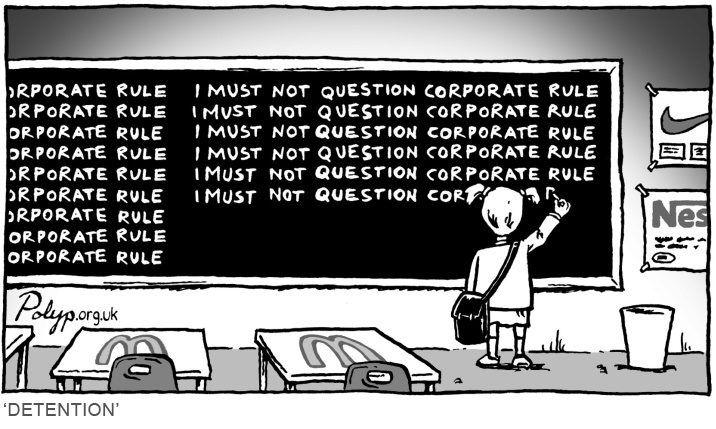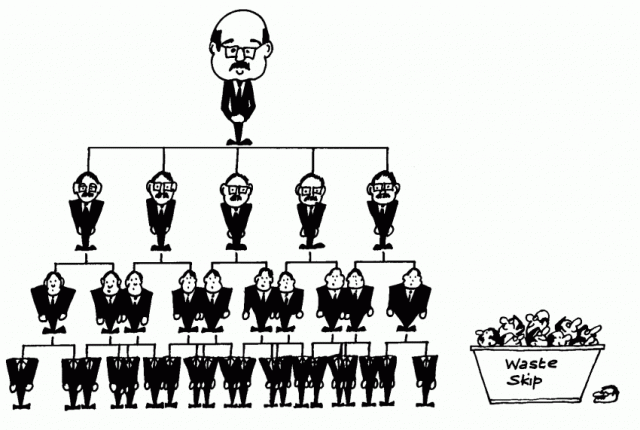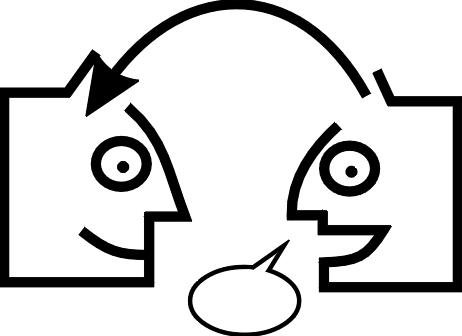Feb 9, 2016
Is It Possible For Companies To Create An Innovative Culture?
Companies are always looking for new ways to get the competitive edge and dominate their respective market.
The rise of the multimillion-dollar employee engagement platform market is showing that companies are now focusing on creating an employee-friendly workplace.
Especially since the numbers show that nearly 90% of millennials are disengaged at work.
Employee retention is at an all-time low. In fact, millennials are now opting to work for small to midsize companies that offer more benefits and allow employees have full autonomy at work.
The creative workplace is no longer a pipe-dream, as management patterns and office styles are being more collectivist and people friendly.
So what does it take for having more creative atmosphere within an office?
Well, it’ll have to start with the management first, and then it’ll be time to focus on the creative process.
Here’s how to design a company to be more innovative …
Avoid Impression Management
Impression management is when leaders alter the perceptions of an idea, person, subject, or decision that is being made to the company or boss’s liking.
Companies that follow the traditional style of management ensures that whatever the people up top believe is always right. There is no influence from employees, and it restricts the amount of creativity that is brought from people of different functions.

In order to be innovating, you have to think outside of the box.
Some managers use the sociological technique of the impression management to manipulate how the performance of an individual, company, or department is doing. It can come in both positive and negative ways. Management can skew their opinion by:
- Talking something (a product?) up
- Only stating positive facts
- Awarding someone and thinking highly of them publicly.
- Talking negatively about something
- Being controlling
- And more.
Impression management prohibits the amount of thinking for the people doing the heavy-lifting so that their opinion and workload reflects what the management believes is right, thus eliminating their potential to work on an excellent idea.
Heading towards a data-driven, results-based culture will allow companies to create and iterate, as opposed to believing what the people at the top say.
Understanding The Organizational Structure of Your Company
An organizational structure is what we use to define the hierarchy system of an organization. The traditional management structure throughout the United States is extremely hierarchal.
The traditional hierarchal organizational structure Is not as efficient as we make it out to be.
Power and decision making flow vertically and upward; employees are departmentalized, and the wisdom of the crowd is hard to obtain per the current structure.

The “chain of command” style management is slowly dying down, and with things like the “gig economy” and freelance community affecting large organizations. Companies are changing to be more responsive and offer more perks to make sure that their retention levels are exceptional.
The balance of power has always shifted to favor those in charge. Due to the rise of information and technology, we are seeing modern-day workers choose how we are going to work.
It is time to move out of the industrial age era style of management, and responsiveness and creativity.
Why Choose A Responsive Organization?
One of the best parts of being a millennial, or being part of this generation of employees; is that there is enough continuous feedback to make sure that we are always advancing and progressing.
Those constant feedback loops are increasing the amount of worker satisfaction, and they are also helping out with innovation.
In the startup industry, all hands are going on deck with different tasks. People are wearing multiple hats and doing more, instead of just being given work and told what to do.
Being a response organization consists of helping one another out, as opposed to focusing so much on efficiency. Responsiveness is more about experimentation and autonomy; as opposed to control and planning.
Here’s a quick overview of how responsiveness works:
Last three or four years we saw a major influx of gamified platforms that helped boost the morale of the office, and encouraged a lot more work to get done.
Though it has not been correlated just yet, one of the takeaways that came out of gamifying a process is that people wanted to get work done faster.
So people were looking to outsource a lot of the busy work and focus on more important things — Which also led to the rise of virtual assistance and freelance work.
Now, for most companies outsourcing work (especially to other countries) may have a negative connotation to it, but if a specific task can be done that’ll allow your employees to work hard on something else then go for, just make sure to preach security and safety.
But it goes to show that having that responsive culture can help with employee communication and can have less people do more work.
Focusing On Becoming A Holacracy
The flat management structure known as holacracy is taking the workforce by storm. Like a responsive organization, it requires a lot of communication among peers and transparency.
This management structure is basically a bossless workplace. All the decisions are made by the people and there is probably one person that overlooks everything.
This style of management goes perfect with a small or medium size company; and if you are larger enterprise, it is probably best to run a holacracy within different locations of your company.
Is not necessarily a new found style of management, it is one of the most popular leadership styles in the whole world, as variations of it are used throughout several countries in Europe and Asia.
Giving people a chance to have a say allows for innovation to take flight. Having a say empowers employees to give their wisdom and knowledge about a certain subject without holding back.
A clear ideation process is essential to innovation and until companies start changing their leadership styles, it’ll be very difficult for them to exchange ideas, organize them, and most importantly, have the best ideas from all employees.
Create An “Idea Exchange” or “Vision Lab”
The exchange of ideas is as crucial to business as any current product that they maybe working on.
Where you are going to take a product or service next is important to know right now. Meetings and planning are just fine, what in order to get a massive exchange of ideas you must organize it using ideation technology.

Image from Jiebo Luo
Bringing in that flat management structure into ideation allows for everyone to have a say in where the company will go next. Give people the opportunity to have to say and give brand-new ideas helps get those unique ideas that is hard to find from the few people up top.
The best ideas can come from most unlikeliest of places. Is up to the management of the organization to make sure that they are getting every single idea accounted for and measured, to see which one to be the next game changing concept for your company.
Idea Organization Matters!
Organizing all of your company’s ideas can be a tough job. The beauty of getting all of these ideas quantified and measured is that not only helps you organize all the data, but you get a global view of what is best for your company from the people know it best.
Not organizing, or, forgetting ideas is a problem that hurts for both individuals as well as companies. It can be something simple forgetting what you came up with a time, or even not writing down the execution plan.
Having a disorganized concept can delay the creative process by having you constantly backtrack and walkthrough any missed or forgotten concepts
So next time that you come up with a decent idea, make sure to organize all of the steps it will take to execute the plan. If it is from a company standpoint, try and think about how you will be able to delegate tasks to people strengths.
More importantly, make sure that you are still collecting more ideas to tweak on the delegated tasks, once your concepts become an idea that you’ll move forward with.
Introducing a crowdsourcing mentality to creativity makes it easy to give everyone a say and have a holacratic management system.
The Benefits of Crowdsourcing Innovation
Obtaining the wisdom of the crowd will always be the best option.
Getting the opinions and ideas of others allows you to see what is trending and what is the mood around a subject.
By getting a global view of an idea, you can see what people want to see from it. If you want to think of a fictional example: what would the people want to see out come from a flying car? Leather seats, GPS location, submarine feature.

Flying cars are real!
If you’re able to pitch a question to a lot of people at once, you can get a lot of responses that will help you come up with everything that you didn’t think of before.
Ego should not come out too often when coming up with a new concept. Learn to accept ideas from others and add your personal twist to it. The smartest people typically don’t come up with the smartest idea, they got inspiration from others and build off of it.
So crowdsource your innovation faster than ever and keep on building towards better ideas.
Does Management Influence Creativity?
Do you think that innovation can be designed and preached properly throughout a company, or is it only something that upper-management can come up with? Let us know in the comments